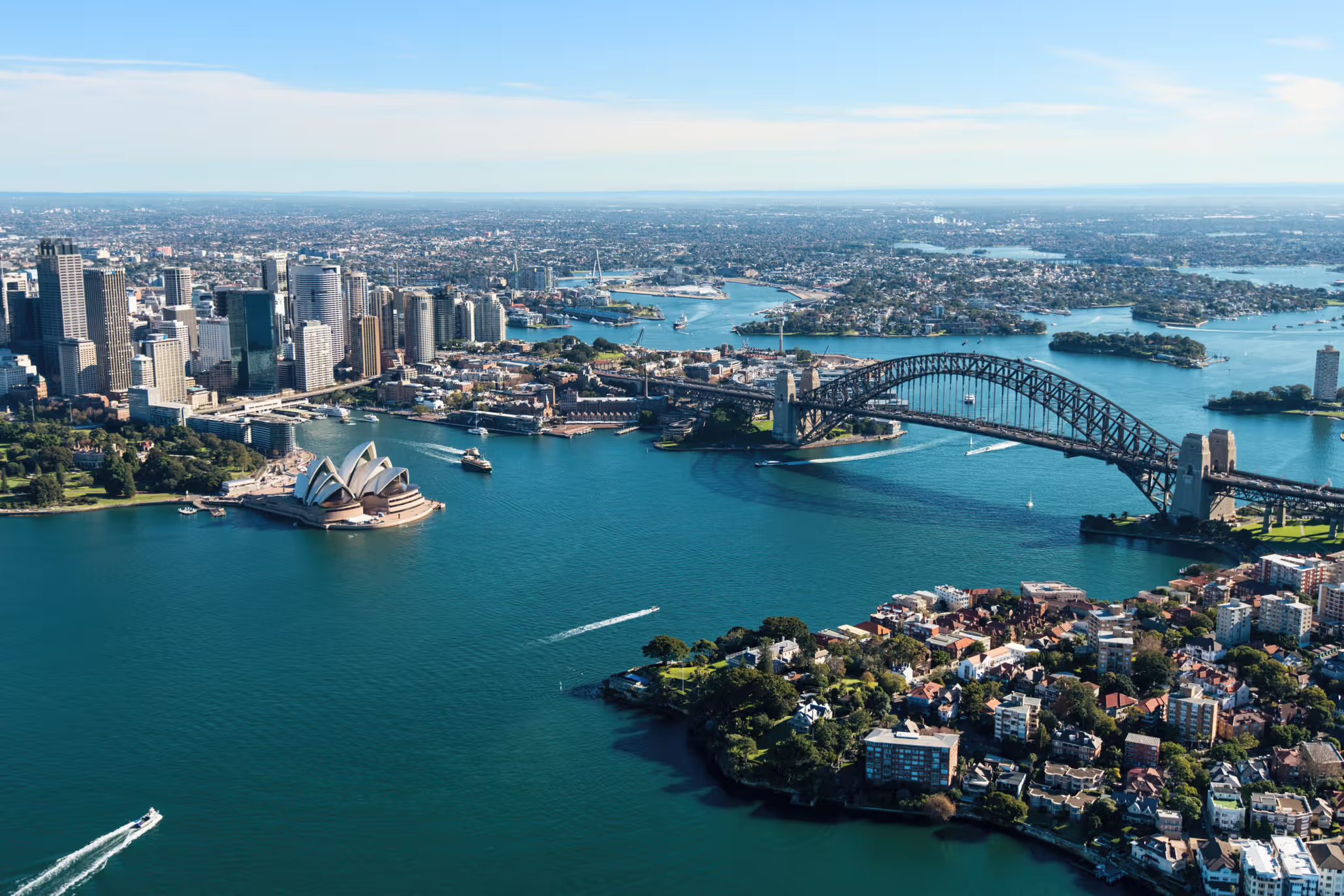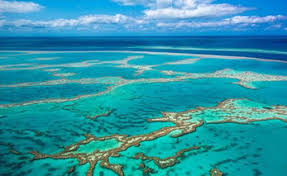When Adam Smith published The Wealth of Nations in 1776, he wrote of land as the foundation of wealth—nature’s original asset. From fertile soil to gold-rich hills, land represented not just survival, but power, status, and financial security. Whoever owned land controlled what others needed—space, access, resources, and eventually, entire economies.
Nearly 250 years later, the story continues.
Despite our transition into a digital, AI-powered world, land and property remain the most emotionally charged and financially pursued assets on earth.
And perhaps no country understands this better than Australia.

A Brief Global History: Land as the First Asset
Throughout history, land has been synonymous with wealth. From European feudal estates to colonial land grants, land ownership was how fortunes were made, passed down, and preserved.
- In Europe, aristocrats held land for generations, collecting rents and commanding respect.
- In North America, land was used to build cities, extract resources, and underpin the rise of industrial capitalism.
- In Asia, especially in rapidly urbanizing countries like China, Japan, and Korea, land became a symbol of modernization and economic expansion.
Land has always evolved with human need:
From survival → to agriculture → to urban development → to financial leverage
Why Land Means More in Australia
Australia is a land-rich nation—but it’s also a country where landownership is embedded in national identity, not just economics.

1. Land is Legacy
Australians don’t just buy homes—they build lives around them.
Owning land is seen as a rite of passage, a retirement plan, and a gift to the next generation.
2. Urban Land Is Scarce and Valuable
Despite its geographical vastness, Australia’s population is highly concentrated along the coast. Cities like Sydney, Melbourne, and Brisbane have seen explosive growth in land value, driven by limited supply and high desirability.
3. Policy Has Encouraged Property Investment
For decades, government incentives such as negative gearing, capital gains discounts, and SMSF property allocations have turned land and housing into a mainstream wealth-building strategy.
4. Development Is a National Business Model
Unlike many countries where development is left to institutions, in Australia, everyday people become developers:
- Subdividing a block
- Rezoning a paddock
- Building duplexes or townhouses
Property development is entrepreneurial, respected, and widespread.
Land as Investment: Not Just Shelter, But Strategy
In today’s market, land is no longer just a space to live—it’s a multi-layered financial asset. Australians use land for:
- Appreciation: Buying early in growth corridors or gentrifying suburbs.
- Equity extraction: Leveraging property to fund businesses or buy more assets.
- Passive income: Long-term rentals, short-term stays, or mixed-use properties.
- Development upside: Turning raw land into built form for accelerated returns.
The true power of land lies in this:
You don’t have to build on it to benefit from it.
Sometimes, simply holding it long enough yields life-changing returns.
A Country Built on Holding—and Believing in—Land
It’s often said that Australians don’t flip houses—they hold them.
Many of the country’s wealthiest families didn’t build tech companies or global brands.
They built suburbs.
They bought paddocks that became estates.
They held onto land that others ignored.
That mindset—patience + location + belief in long-term growth—has been more powerful than any trading strategy or algorithm.
And in a world obsessed with speed, this slow, grounded approach has proven incredibly resilient.
Where We’re Headed: Land in a Hybrid World
(Extended with Geographic Insight and Globalization)
As the world moves rapidly into the era of AI, blockchain, and digital assets, there’s a temptation to assume that everything of value must be intangible, tokenized, or purely digital. But that’s not how real wealth works—not in Australia, and not in history.
Land doesn’t disappear. It doesn’t depreciate in the same way technology does. It doesn’t go out of fashion.
Instead, it becomes more anchored, more rare, and—when combined with technology—more powerful.
At MUSE, we believe the next frontier of investing is not abandoning physical assets, but redefining how we interact with them.
We are entering a hybrid era—where traditional hard assets like land and property coexist with blockchain-powered infrastructure, financial data layers, and trusted networks that unlock liquidity, transparency, and opportunity.
But There’s a Limitation: Land is Inherently Local
While land remains one of the most valuable assets on earth, its value is bound by borders:
- A beachfront villa in Byron Bay doesn’t carry the same value—or liquidity—as an apartment in Tokyo or a townhouse in London.
- The same plot of land can be worth dramatically different amounts depending on location, zoning laws, government policy, taxation, political stability, or even infrastructure access.
- Cross-border ownership is difficult. Legal structures, registration systems, and valuation standards vary wildly by country.
In short: land is real, but it’s not easily global.
This is the core limitation of traditional land investment—it’s powerful but constrained by geography.

What Digital Infrastructure Can Do: MUSE as the Global Layer
This is where MUSE steps in—not to replace land’s value, but to liberate it.
Through blockchain-backed authentication, standardized valuation protocols, and trusted digital records, MUSE creates a universal layer of understanding and connection across borders.
What does that mean in practice?
- A collector in Paris can understand the verified value of a rural estate in Margaret River, thanks to standardized MUSE data.
- An investor in Singapore can track and appraise luxury vineyards, coastal properties, and estate-linked collectibles across Australia—all on a globally accessible platform.
- Families with multigenerational assets can digitally record provenance, value history, and ownership rights—creating clarity, trust, and long-term protection.
We are, in essence, de-localizing the experience of physical assets while preserving their meaning.
MUSE doesn’t make land less real—it makes it more connected, more tradeable, and more visible to a global community.
A Vision of Global Real Assets with Local Soul
This is the future we believe in at MUSE:
- Locally rooted, globally recognized assets
- Verified not just by documents and lawyers—but by trusted digital infrastructure
- Tradable not just in private conversations—but on open, secure, and structured platforms
- Investable not just by locals—but by aligned, credible global stakeholders
Imagine a world where your estate in Byron Bay, your heritage home in Paddington, or your farmland in the Hunter Valley is not only protected physically, but also digitally recognized, financially valued, and globally respected.
That is where the hybrid future leads us:
Where ownership meets openness, and land meets liquidity.